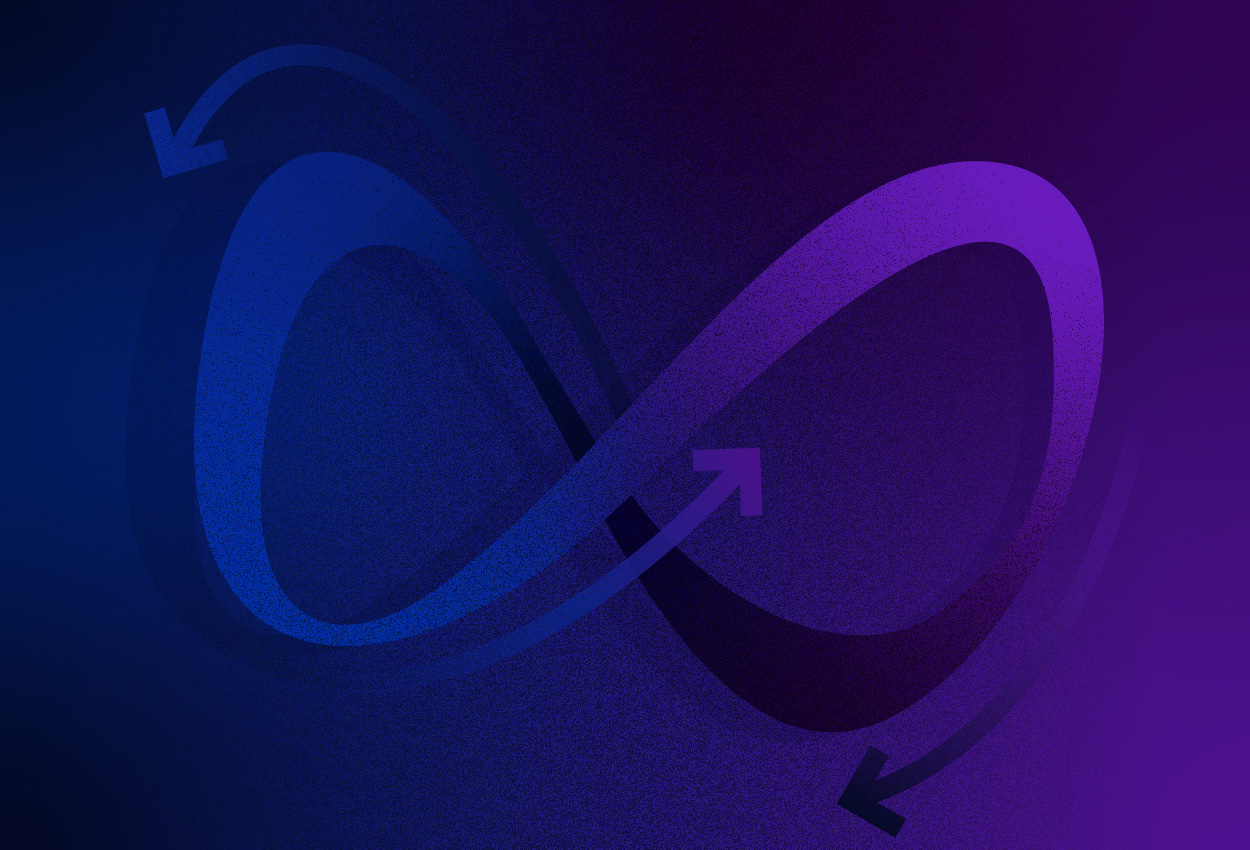Flux Federation | 15 March 2022


A circular economy is the idea that the use of everything can be prolonged, reused or repurposed due to the finiteness of resources. This concept is one that many long-established energy companies are working to achieve as they transition away from reliance on fossil fuels and create a more sustainable way of working.
Software-as-a-service companies can also play an important role in developing more sustainable products. It is possible to create software that can be easily configured to meet multiple applications and built to adapt to changes, rather than individual bespoke systems designed for one specific use. Using configurable software allows our clients to pivot faster to meet changes to billing, and fewer code changes reduces the server load.
Clients need to consider what their future needs are and how they will be met before purchasing software or customising something that already exists. Each time a new application is created, it increases the need for more data centres, which produce high levels of CO2 if they are not powered by renewable energy.
Thinking about your software needs from a circular perspective opens the door to develop partnerships with SaaS providers that can grow and adapt with you.
HOW DOES SAAS FIT IN A CIRCULAR ECONOMY?
Many businesses may feel they have been backed into a technological corner with their existing software and that transformation is either too complex or too costly.
However, drawing on knowledge of circular economies, you can look to implement incremental changes and discover what best fits your company’s journey.
The approach we take at Flux is with the aim that everything we build can be repurposed to meet any future changes.
For instance our FlexiBill product treats all meters, electric vehicles (EVs), solar installations, etc. as ‘connection points’ as opposed to a fixed meter point - as many other systems do - meaning that as new smart technologies need to be billed or credited we are avoiding costly reworks in our system.
The less code that needs to be reworked means reducing the additional server load when something new needs to be added. We use great products that already exist in the market. Instead of trying to reproduce all of it, we work as a ‘connector’ with these quality resources.
When considering change processes or technology, also consider how to ‘Delete’ them so that the cost of decommissioning is factored into your plan if it cannot be recycled or reused in the first instance.
WHY MAKE THE CHANGE?
Talk about climate change, most commonly referred to as ‘global warming’, ‘acid rain’ and the ‘glasshouse or greenhouse effect’ began in earnest in the 90s but with a general view that nothing urgent needed to be done to slow it.
The push to do what we can on a personal level has grown since then. We now take our own bags to the supermarket, are incentivised to buy takeaway coffee in a reusable cup and reduce the amount of single-use plastic in our lives. In reality, we need to view everything we do through the lens of achieving a circular economy.
With the energy industry facing an increase in demand for clean technologies such as EVs, virtual power plants and solar - coupled with customer interactions becoming more digitised - it is imperative that companies adapt if they don’t want to be left behind.
Companies now know that changing the way they operate is the only way forward.
WHAT DOES CHANGE LOOK LIKE?
In working towards circularity, the first ‘mistake’ people and organisations tend to make is to throw everything away and start again from zero, in the pursuit of becoming greener.
A better approach is to look at the resources and products that we already have. For those in the energy sector aiming to reduce their reliance on fossil fuels, those suppliers and market participants need to look at reusing and/or repurposing as many of its existing products, tech, knowledge and processes as possible.
After that, prioritise recycling what is no longer needed then create any new product keeping in mind the circular model for the life of this new product.
The key with making these decisions is identifying what change you are trying to enact and if it improves the overall performance of the product or service you are delivering.
Flux is always looking at how its software can work efficiently while reducing its digital footprint. If your organisation wants to operate following the principles of a circular economy, contact us to see how we can help make this a possibility.

Sign up for the latest updates in technology, changes, regulations, and new energy products from Flux.